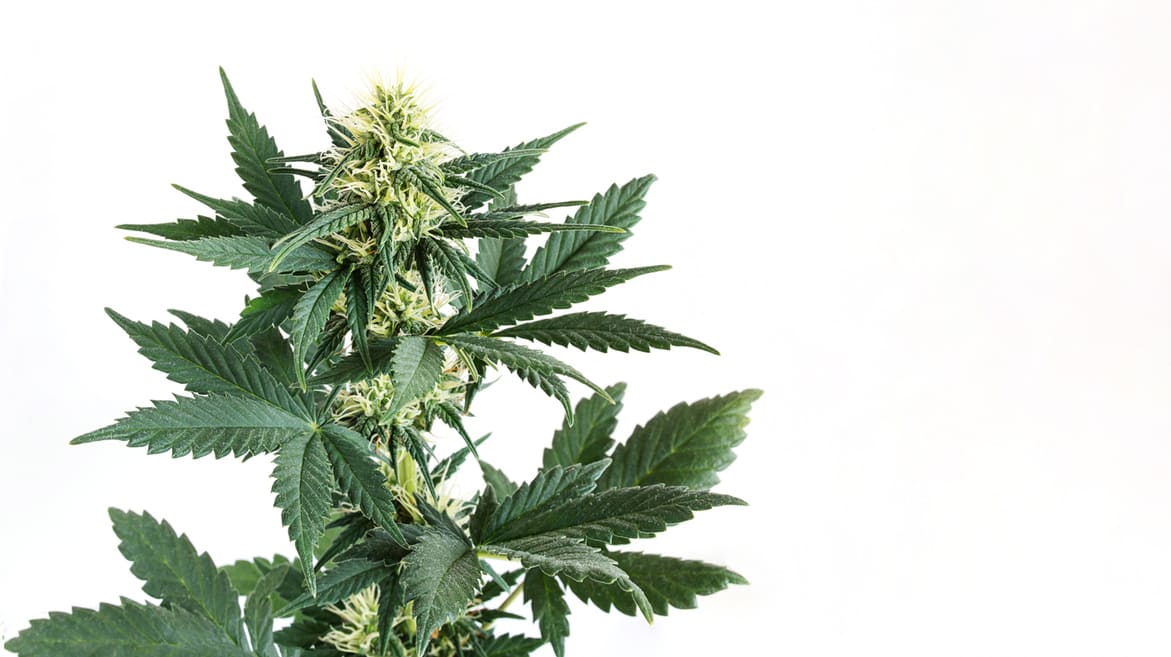Recent discoveries about cannabinoids and their properties have significantly enhanced the reputation of hemp and its derivatives. While CBD is one of the most popular compounds, it is far from the only one. There are over 130 different cannabinoids, including cannabitriol or CBT. This little-known molecule is still a mystery to the scientific community in many ways. Find out what CBT is and what is known about its properties.
-
- CBD for Pets
- Why take CBD to sleep better ?
- Which CBD for stress and anxiety ?
- Buy CBD for high and low blood pressure
- Buy CBD for pain relief
- Buy CBD for your addictions
- Buy CBD for the skin
- Buy CBD beauty products
- Buy CBD Wellness
- Buy CBD for focus and motivation
Product successfully added to your shopping cartQuantityTotalThere are 0 items in your cart. There is 1 item in your cart.Total productsTotal shipping To be determinedTotalContinue shopping Proceed to checkoutMy account-30% Off In Your Shopping Cart And 24H Delivery
Focus on CBT, cannabitriol
What is CBT ?
Cannabitriol or CBT is a molecule discovered in 1966 during a study to identify the various compounds in cannabis. It is one of the many cannabinoids present in this plant, along with CBD. But unlike cannabidiol, this molecule is only found in very minute amounts in hemp. It is therefore part of the group of minor cannabinoids, present in trace amounts in cannabis and whose properties are difficult to perceive. In some strains of cannabis, CBT is absent altogether. This justifies the delay in studies conducted on it.
In fact, it was only in 2014 that the molecule was first isolated by a Jamaican researcher. Although we are just beginning to learn about the potential of CBT, it is known to actively contribute to the "entourage effect". This term refers to the synergy that exists between cannabinoids, terpenes, and other components of cannabis when consumed together. Research has indeed shown that this interaction allows for a tenfold increase in the therapeutic properties of cannabis products. Ongoing studies are also trying to uncover the mode of action and effects unique to CBT.
The effects of CBT
Thestructure of CBT is very similar to that of tetrahydrocannabinol (THC), the molecule responsible for the psychotropic effects caused by cannabis. Cannabitriol is actually synthesized in hemp from the acid version of THC (THCa). This proximity of the two molecules can lead to think that they would have the same effect on the body. But some scientists believe that CBT could instead decrease, or even cancel out the psychotropic effects of THC.
There are actually nine subsets of CBT, each with a slightly different structure and composition. Cannabicitran or CBT-C is one of the best known. This molecule was the subject of research in 2007 which showed that it could serve as an antibody capable of opposing the transformation of THC, and thus limit its psychoactive effects. CBT would then be the key to taking advantage of THC's therapeutic virtues without fearing the "high" it causes. However, further studies are underway to confirm these hypotheses. And since it is impossible to say whether the molecule is psychoactive or not, the question regarding its legality remains unresolved.
The benefits of CBT
The therapeutic properties of cannabinoids rely on their ability to bind to a network of receptors found in the body called the endocannabinoid system. Like most phytocannabinoids, CBT's interaction with these receptors could alleviate pain and inflammation, promote relaxation and sleep or even stimulate appetite. A study by Mahmoud Elsoly showed that the molecule was able to reduce intraocular pressure in rabbits. Although this property has not yet been tested in humans, the results suggest a possible future use in the fight against glaucoma.
While it is true that knowledge of the physiological benefits is still unknown, cannabitriol plays a prominent role in the manufacture of some CBD products. Indeed, CBD liquid cartridges, for example, tend to crystallize over time. According to manufacturers, CBT would therefore preserve the physical properties of their products for longer. It is also known that cannabicitran (CBT-C) is used as a marker during chromatographic testing of cannabinoids. Being retained longer on the test column, this molecule provides an indication of when the sample analysis is complete.
Conclusion on CBT
Cannabis is a plant whose constituents and properties are still being studied in great detail. There are over 130 different cannabinoids and almost as many terpenes. As for cannabitriol, it is one of the most misunderstood compounds in hemp. This is because of its low concentration and almost imperceptible effects on the human body. Its similar structure to the tetrahydrocannabinol molecule raises doubts about itspsychoactive nature. But some studies tend to prove that cannabitriol is able to limit the psychotropic effects of THC.
It is also credited with some properties common to most cannabinoids, including the ability to relieve pain and reduce stress. Cannabitriol is also thought to have an entourage effect of interacting with other cannabinoids to enhance the therapeutic effects of cannabis products tenfold. For the time being, further research is needed to confirm the supposed effects of this molecule.
All the information on our website is intended to help you understand our products. It does not constitute medical advice and is certainly not a substitute for specialist medical advice. We recommend that you seek the advice of a specialist before consuming any cbd product.Discretion & SpeedLoyalty RewardResponsive Customer ServicePREMIUM QUALITYNewsletterClick here to subscribe to our newsletter!
NewsletterThe best offers, good advice?
Sign up now!100% secure payment© 2026 - Magna CBD
Footer Block


